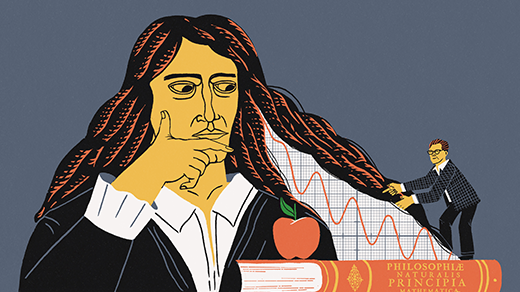Perplexing the Web, One Probability Puzzle at a Time
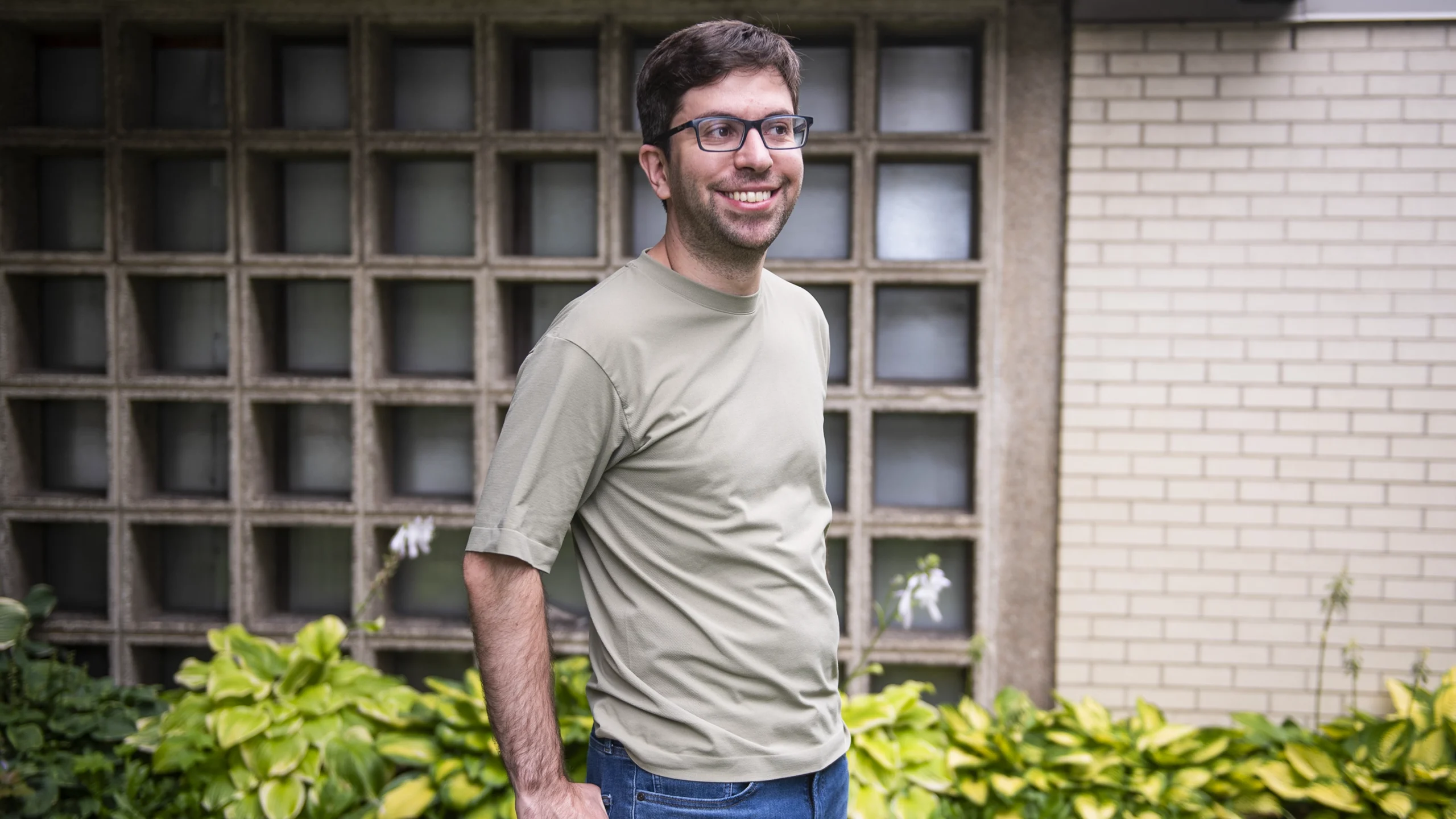
Marta Iwanek for Quanta Magazine
Introduction
In late January, Daniel Litt posed an innocent probability puzzle on the social media platform X (formerly known as Twitter) — and set a corner of the Twitterverse on fire.
Imagine, he wrote, that you have an urn filled with 100 balls, some red and some green. You can’t see inside; all you know is that someone determined the number of red balls by picking a number between zero and 100 from a hat. You reach into the urn and pull out a ball. It’s red. If you now pull out a second ball, is it more likely to be red or green (or are the two colors equally likely)?
Of the tens of thousands of people who voted on an answer to Litt’s problem, only about 22% chose correctly. (We’ll reveal the solution below, in case you want to think it over first.) In the months since, Litt, a mathematician at the University of Toronto, has continued to confound Twitter users with a series of probability puzzles about urns and coin tosses.
His posts have prompted lively online discussions among research mathematicians, computer scientists and economists — as well as philosophers, financiers, sports analysts and anonymous fans. Some joked that the puzzles were distracting them from their real work — “actively slowing down economic research,” as one economist put it. Others have posted papers exploring the puzzles’ mathematical ramifications.
Litt’s online project doesn’t just highlight the enduring allure of brainteasers. It also demonstrates the limits of our mathematical intuition, and the counterintuitive nature of probabilistic reasoning. As Litt wrote, there’s “nothing more exhilarating than posing a multiple-choice problem on which 50,000 people do substantially worse than random chance.”
Quanta spoke with Litt about what makes a great puzzle, and why simple probability questions can be so deceptively difficult. (Warning: spoilers below!) The interview has been condensed and edited for clarity.

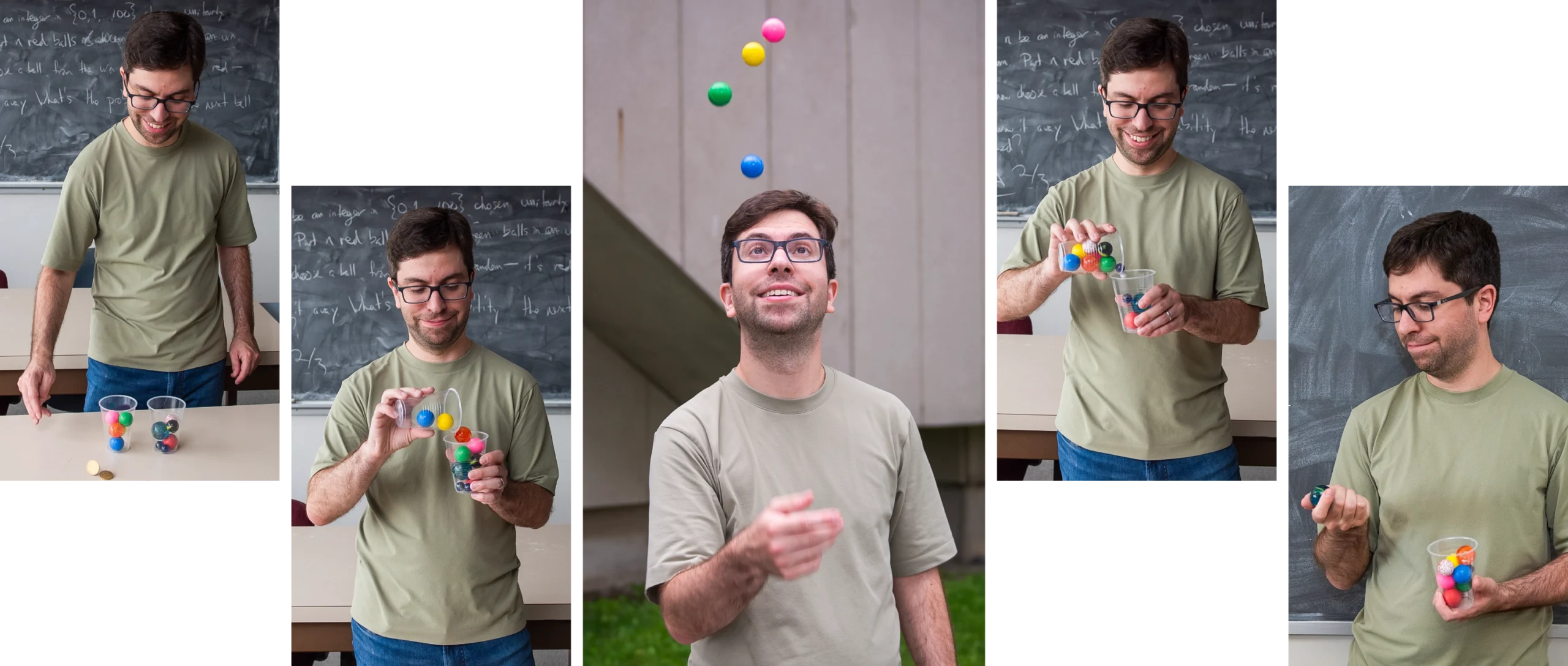
Litt enjoys probability questions that test the limits of people’s probabilistic reasoning. “There’s something counterintuitive about the fact that a random choice can give you information,” he said.
Marta Iwanek for Quanta Magazine
Your background is at the intersection of algebraic geometry and number theory. What made you start posting probability puzzles?
Probability theory is extremely far from what I usually think about mathematically. But I went to a bunch of probability talks, and I could really enjoy them despite being a total amateur, because they were about things that are reasonably familiar.
I started posing some simple probability questions to myself, and when the answers I found were cool or counterintuitive or surprising, I turned them into puzzles on Twitter. Already with flipping a coin, it’s easy to come up with questions of that nature.
Let’s talk urns. In your puzzle, once you pick a red ball, is the next ball more likely to be red or green?
Red.
Why is that?
My favorite way to think about this is due to George Lowther, a respondent who came up with the following explanation on X. He said, imagine that instead of starting with 100 balls, you start with 101 balls in a row. Pick a ball at random. Then color the balls to the left of it green and the ones to the right of it red. Throw that ball away, leaving 100 balls.
Then pick a second ball at random. That ball corresponds to the first ball in the original problem. The problem tells you that you picked a red ball, so it was to the right of the ball you threw away. Now pick a third ball. This ball is either to the left of the first ball, between the first ball and the second, or to the right of the second. In two of the three possibilities, the third ball is red. So the probability that the ball is red is 2/3.
Another respondent had a nice heuristic, which was that if you go fishing and quickly catch a fish, you should expect there to be a lot of fish in that lake. Similarly, if you’ve gotten one red ball already, that suggests that there are many red balls in the urn.
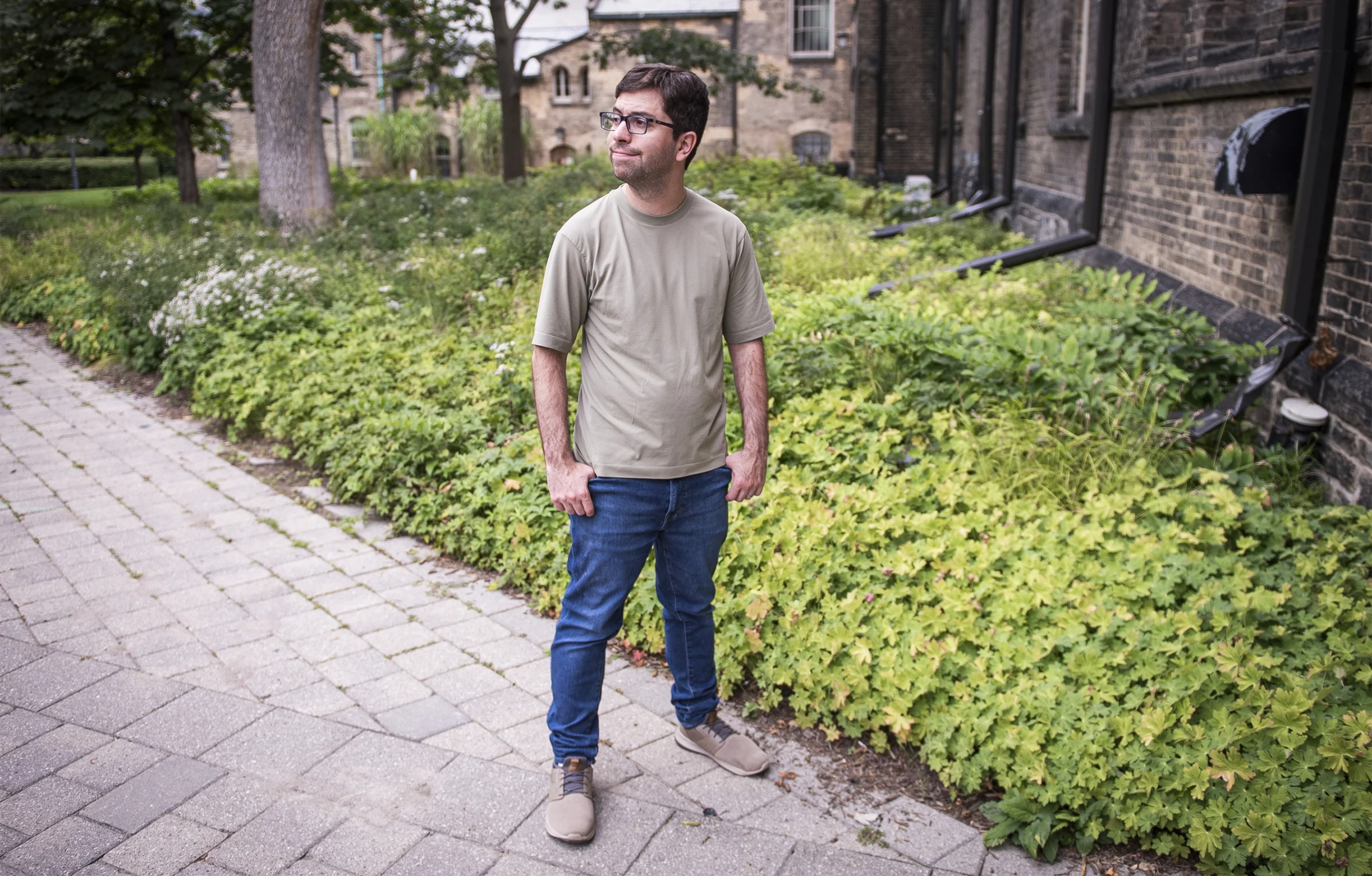
There’s “nothing more exhilarating than posing a multiple-choice problem on which 50,000 people do substantially worse than random chance,” Litt said.
Marta Iwanek for Quanta Magazine
Picking a red ball gives you information about what kind of urn you’re likely drawing from.
Exactly. But there’s something counterintuitive about the fact that a random choice can give you information.
Some participants were surprised that others didn’t find the solution obvious. But for me, figuring out the correct answer took some thought. Certain wrong intuitions are tempting — for instance, since you pulled out a red ball, you’ve reduced the number of red balls in the urn, so maybe the next ball should be more likely to be green.
I had many people arguing with me that once you’ve thrown away a red ball, there have to be more green balls. The interesting thing is that many people wouldn’t accept a mathematical argument, but found a simulation persuasive.
A lot of people fell into traps like that one. Why do you think these kinds of problems are so hard for us?
One thing I find revealing is that the urn problem is completely sensitive to the fact that the number of red balls is chosen according to what’s called a uniform distribution [that is, by picking out of a hat]. Choosing a red ball tells you that you’re probably living in a red world, but only because I set the problem up that way.
If you choose the colors of the balls according to a binomial distribution — where you choose each ball’s color by flipping a coin — then knowing the first ball is red gives no information about the next ball. It’s easy to modify the starting distribution so that you get any of the three possible answers — red, green or equally likely. And since tweaking the distribution completely changes the answer, that suggests that your intuition has to be very sensitive to the setup of the problem.
It’s hard to come up with heuristics that detect these kinds of details. I wrote a series of urn problems, and each was designed to defeat a heuristic that someone had proposed for one of the previous variants.
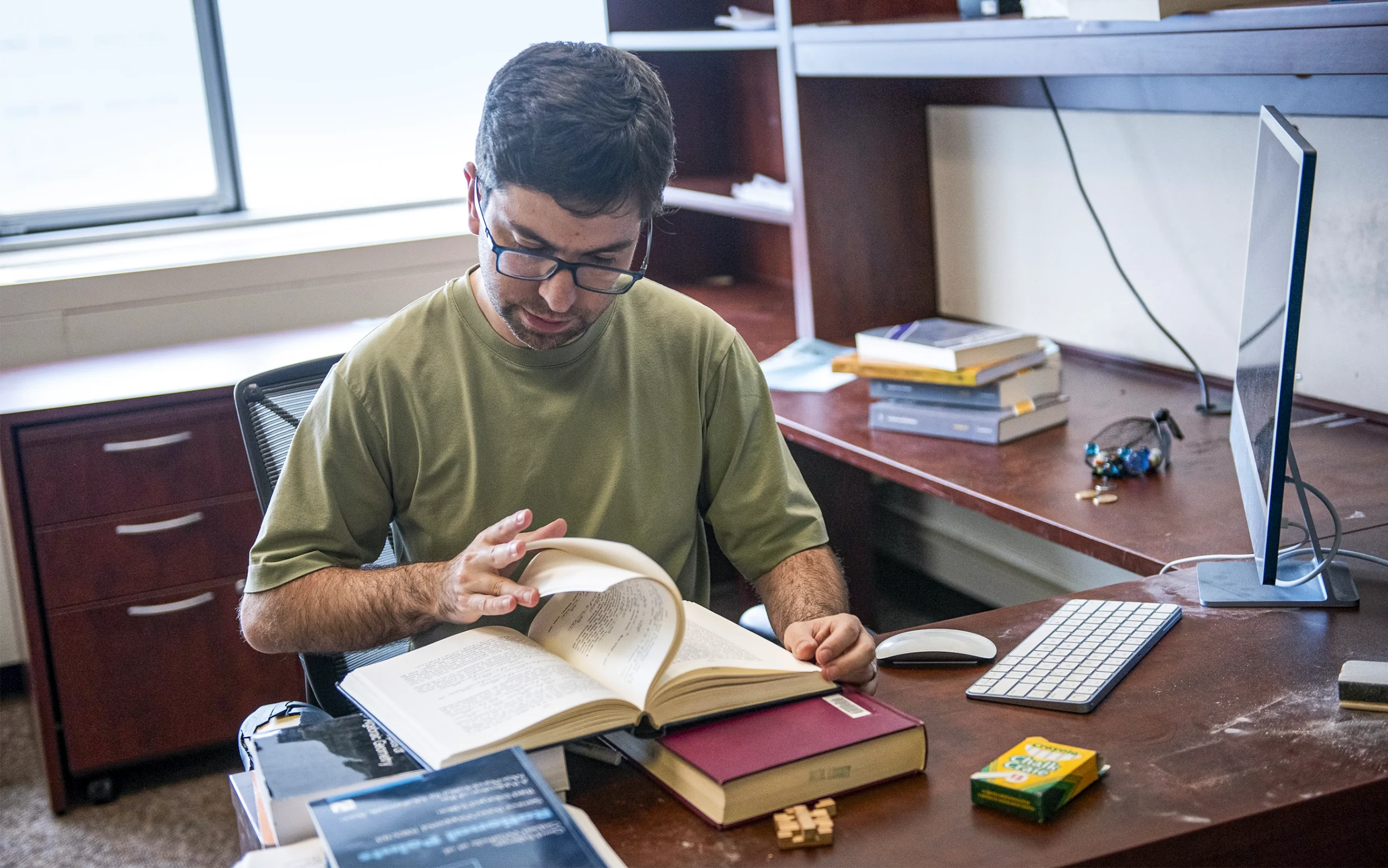
Litt’s recent interest in probability theory is a departure from his usual areas of research: number theory and algebraic geometry.
Marta Iwanek for Quanta Magazine
I do find it surprising that we are so bad at these kinds of problems, because probability is so clearly related to real-world activities. We’re constantly having to look at the world and assess probabilities and then decide on a course of action.
Well, I wonder. In the real world, maybe we’re not so good at probabilistic calculations either. I’m not an expert on human psychology, but people are risk averse in various ways and probably systematically over- or underestimate the probability of very unlikely events. So I wonder if our instincts are in general just not so good.
After urns, you moved on to coin flipping, starting with a puzzle in which Alice and Bob flip a coin 100 times. Any time there are two heads in a row, Alice gets a point; when a head is followed by a tail, Bob gets a point. So in the sequence THHHT, Alice gets two points and Bob gets one. You asked who is more likely to win.
I think that’s my favorite puzzle that I’ve proposed. Maybe 10% of respondents got it correct — it was a shockingly low number.
I got this one wrong. My reasoning was that if you list all the different outcomes of 100 flips and count the points Alice and Bob win, you get the same total for each player.
Their “expected” scores are the same.
So I figured that Alice and Bob should win equally often. But it turns out that Bob is more likely to win. Why is that?
One intuition is that Alice can score a lot in a short period. For example, if you have HHHHHHH, she scores on every flip after the first one. In 100 flips, Alice’s score can go as high as 99. But Bob can score at most 50. So Alice often wins in a blowout, which means she’s wasting her expected scores on some really big wins. That means Bob should win more games, but by narrower margins. You can run a simulation and see that this is correct.
But I’m not convinced that if you tweak the problem, this heuristic will always hold true. And I don’t know a proof that captures this particular heuristic — a proof that works not just for 100 flips but for any number of flips.
Mark Belan for Quanta Magazine
Did you have a proof strategy before you posted the puzzle, or did you just look at simulations?
I had a proof, but it was a nasty, zero-intuition argument. Ultimately, Sridhar Ramesh, a respondent who has a Ph.D. in mathematics, collected a bunch of beautiful arguments that you can understand and hold in your head, and that don’t require pencil and paper. That was a wonderful thing to have happen.
There’s a wide class of problems that came out of the original coin-flipping question. For those, a lot of people have come up with nice arguments, but I still don’t feel like I personally have a full, intuitive understanding. There’s a lot of surprisingly interesting mathematics, at least from my amateur point of view.
And now probability theorists have started taking up some of these questions. You tweeted recently about a paper by Doron Zeilberger, a professor at Rutgers.
That was really exciting for me, that a professional probability theorist found something worthwhile in these questions.
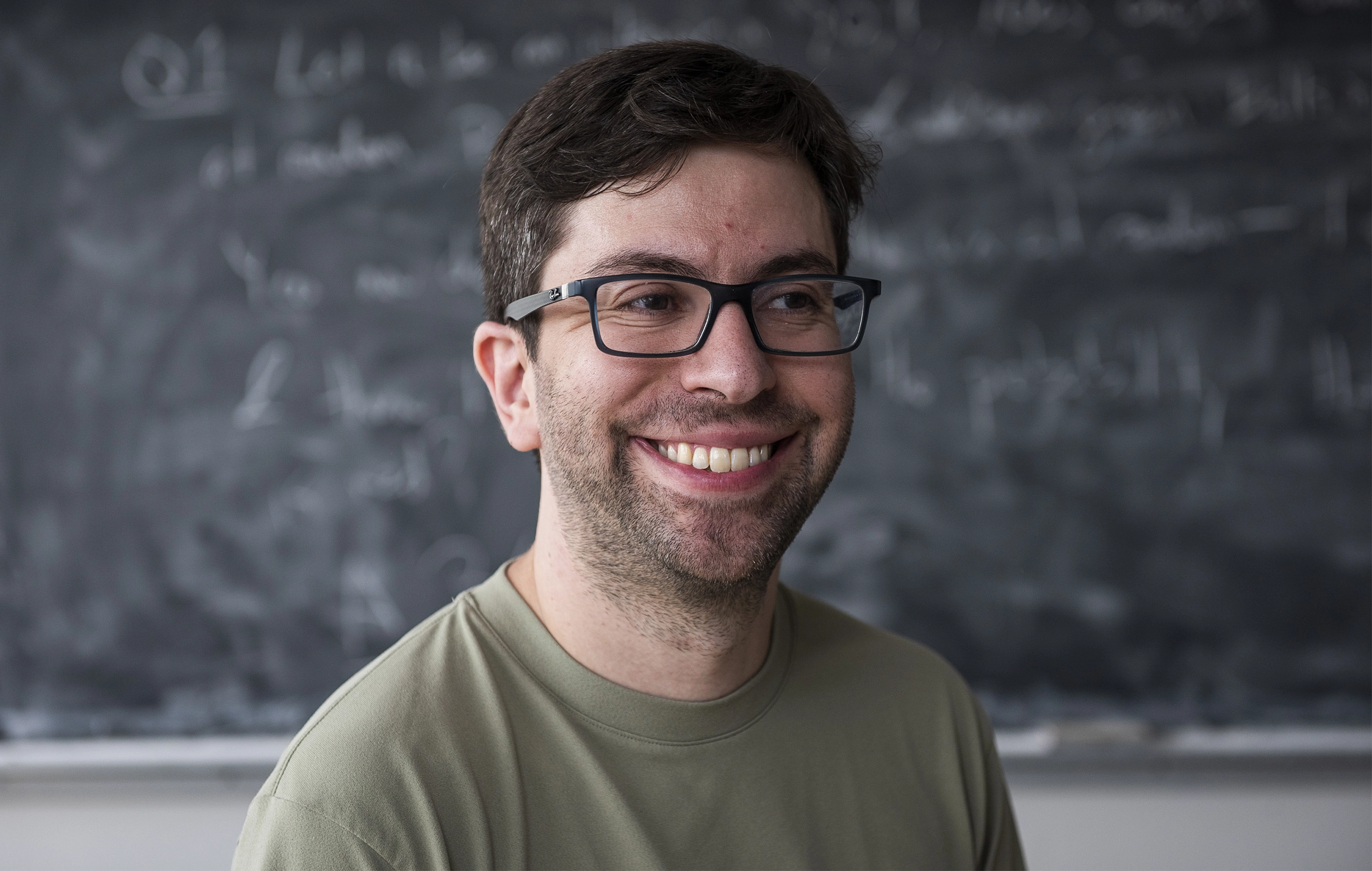
Litt’s probability puzzles aren’t just brainteasers; they’ve also inspired new mathematical results.
Marta Iwanek for Quanta Magazine
What did his paper do?
He wrote a software package that analyzes the long-term behavior of these kinds of games. For example, his program can prove that after n flips [where n is very large], the probability of a tie is approximately $latex \frac{1}{\sqrt{\textit{n}}}$ times some explicit constant. It’s pretty awesome.
He also computed quantities called “moments.” If you look at all the possible differences between Alice’s score and Bob’s score, these average out to zero, which is part of what makes it a hard problem. But you can also compute the “second moment,” where you average the squares of the differences, and the third moment, where you average the cubes of the differences. And so on.
Zeilberger and the mathematician Mihai Nica have conjectured that just knowing the second and third moments is enough to determine who wins more games. I think this is not quite proven yet. My understanding is that Nica and another mathematician, Svante Janson, are writing a proof now.
People love to hate on social media. But the community that’s been working on your puzzles seems like a pretty wholesome ecosystem.
In 2020, when the pandemic started, I was very lonely, so I started talking about math on Twitter. The social media landscape has changed a lot in the last few years, but it’s still very nice to chat with random people about one of my favorite subjects.
One of the nicest proofs for this Alice and Bob coin-flipping business came out of discussions among a collection of people, some of whom are academic mathematicians and some of whom are not. There’s a large group of people who are interested in math, not in a professional capacity, but just because it’s cool. It was really great to see people who are Magic: The Gathering experts or Internet comedians coming up with beautiful solutions to what I think are pretty difficult problems. It made me want to work personally on more concrete things that I could convince people who haven’t been doing math for 10 or 15 years to care about.
Puzzle Solutions
Puzzle 1: Equally likely
Puzzle 2: HTTTH
Puzzle 3: Bob


